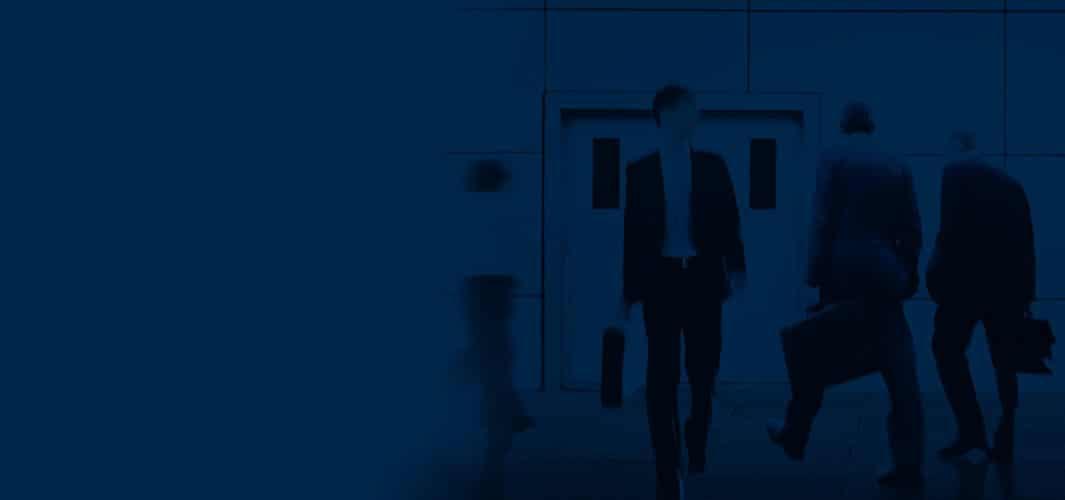The Texas Office of the Inspector General for the state’s Health and Human Services agency recently published a reminder about the significance of exclusion screening. Texas, like many states, maintains a state exclusion list that should be checked regularly in addition to the federal lists such as the OIG’s List of Excluded Individuals/Entities (LEIE) and the GSA’s SAM.gov database. Texas offers both on-line and downloadable search options to exclusion screening, similar to search options for the federal LEIE.
Texas also regularly issues focused communications about exclusion-related topics, which is not as common a practice among most states. In March 2022, the state issued a notice related to a credentialing system glitch that prevented certain care providers from applying or renewing licensure through a new online system. Failure to have a current license would have resulted in potential exclusion or suspension for affected practitioners. On June 22, 2022, the Texas HHS-IG issued a reminder about the importance of exclusions. The reminder sets forth examples of the types of activities that can result in exclusion, the consequences of exclusion and the duties of employers to regularly screen its workforce.
Exclusion screening can be viewed as an exercise that rarely yields actionable outcomes. However, it remains a requirement for providers and entities who participate in federal health care programs such as Medicare and Medicaid. Databases are updated monthly. In order to assure that an organization is not employing any excluded individual, it is critical that screening occur with the same frequency. In the recent Texas issuance, the OIG highlighted a cautionary case in which an employer had checked the Texas exclusion list for a job candidate’s name at the time of hire. However, the individual’s name was added to the exclusion list two months later but due to the failure of the organization to regularly check the list, they were unaware of this change. The organization settled with the OIG, which included payment of a penalty.
The importance of screening can at times be lost in the day to day demands of a busy medical practice or health organization. The intention of screening is to assure that the organizations and individuals that provide services to federal health care program enrollees are highly qualified practitioners and vendors. Therefore, individuals and entities who have been convicted of fraud and other crimes and misdemeanors related to health care, or those who have engaged in professional misconduct are not eligible to participate in these programs. If all goes well, the monthly checking of federal and state lists will result in no matches with an organization’s workforce. However, should a match occur, an organization can take the steps necessary to address the finding and thereby assure the quality and integrity of its workforce and reputation is maintained.
There are ways to streamline the exclusion screening process. Organizations such as Streamline Verify can conduct monthly searches against all federal and state databases using its proprietary software developed over more than a decade. Outsourcing of this screening function to industry experts saves time and internal resources, which can instead focus on addressing any potential matches identified. It remains important, however, that organizations also understand the full breadth of both state and federal compliance requirements related to exclusion from federal healthcare programs. Streamline Verify has created state-specific webpages that offer a comprehensive compendium of state exclusion standards for a number of states, including Texas.



































